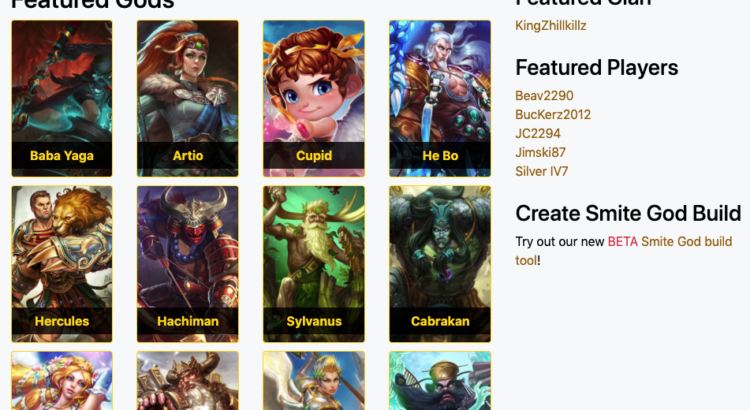I think everyone can agree life has been challenging in many ways since the Coronavirus pandemic began. The disruption caused by multiple lockdowns and the inability to go about our normal lives. Not being able to visit family or spend time with friends. It has been a very unique and tough time for all in many ways so I wanted to describe how it affected our journey through multiple pregnancies and our first born son.
It was the first week of March 2020, just as the pandemic was beginning to intensify across the world. I had been away for a few days on a work trip to Amsterdam and it was becoming noticeable that concerns were rising. People had not started wearing masks but I had been unable to buy any anti bacterial hand sanitizer in all of London, Brussels and Amsterdam, the panic buying had begun!
I returned home and over the next few days myself and partner received the joyous news that she had become pregnant, we were over the moon to say the least. Due to the rising news stories and talk of what could be to come, the happiness was mixed with a degree of anxiety as to how we may fair in this situation. At this point both of us were still commuting into London on multiple forms of public transport so we felt susceptible to the risk of infection. There had been very little studies on the virus or the long term effects so the possible risk to a pregnant woman and baby were concerning. Thankfully my office closed that week and hers shortly after, just in time for the first national lockdown.
Read More





